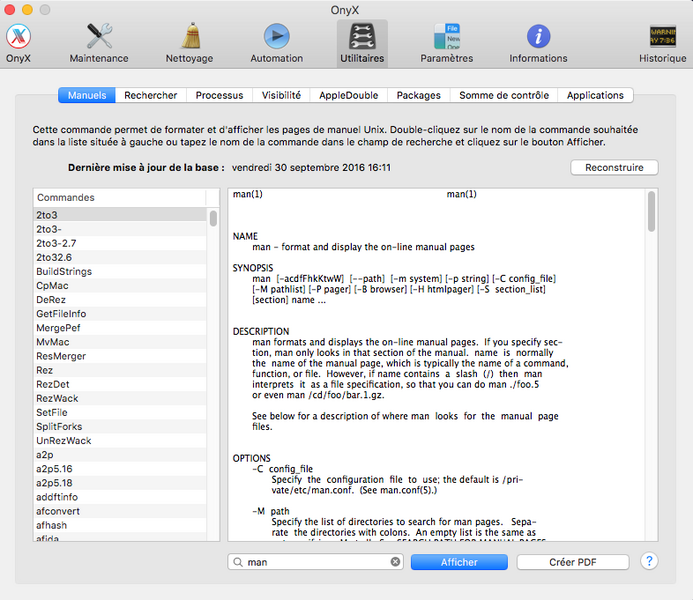
Onyx 2.4.0 For Mac Os X 10.6 Snow Leopard
OnyX is a multifunctional utility for Mac OS X Snow Leopard. It allows you to verify the Startup Disk and the structure of its System files, to run miscellaneous tasks of system maintenance. Requirements: Macintosh Intel computer running Mac OS X 10.6 (Snow Leopard). Onyx, the popular mantenaince tool for Mac OS X, has been updated to 2.1 version. Alongside with 10.6 support and a new icon, this updates dumps the installer package in favor of drag & drop installation. I used Onyx many times before and it's a great and useful application.
What are the best-resources to fine-tune Mac OS X (10.6.4, Snow Leopard on a 13in unibody MacBook). I've been a long-time Windows users and bought a Mac couple of years ago.
Version 5.3.2: Functionality added or changed: • Support of ODBCINSTGetProperties in MyODBC Driver (WL #7577) • Add DFLT_BIGINT_BIND_STR option to Connector/ODBC GUI (Windows and Linux) • (WL#7579) • Accessibility features in Connector/ODBC Linux GUI (WL #7635) Bugs fixed: • Connect crash if the catalog name given to SQLSetConnectAttr is invalid (Bug #17587913) • Driver returns wrong length for output parameter streams (Bug #1786) • Assert failure in case of prepared statments and SQLDESCRIBECOL() called with column number given larger then actual parameter marker in query. Mysql for excel download mac.
In Windows, I could have cleaned registry, removed un-necessary services, use msconfig to tune etc. With the usage and all the Apple updates, looks like the OS is sluggish. Any pointers to resources online will be helpful. I tried clearing Browser cache, flush DNS etc. ---UPDATE---- Thanks for the responses, I have used Onyx and it helped.
I have also replaced hard-drive with SSD and the machine is much faster. (Unibody 13 inch Macbook 5,1 ~ 2008) And upgraded to MountainLion and enabled SSD Trim.
If your OS feels unusually sluggish, it may be a problem with a process you don't know is running (like mdutil indexing for spotlight search), lots of disk thrashing due to a memory shortage, or perhaps some misconfiguration is causing lots of errors. I would check the application to see if there are unusual messages.
And use the to check if some process is taking up too much processor time. Most of the time additional tuning of Mac OS X is unnecessary, as long as the regular maintenance scripts are running properly. The best way to increase performance is to buy more ram and/or a solid-state drive. A good, but simple, Mac clean up is repairing permissions. Open up Disk Utility (in /Applications/Utilities), select your start up disk and click the repair permissions button. It'll sort out mismatched permissions on files installed by Installer and can solve a fair amount of odd behaviour - it does no harm to get into the habit of doing it every few months.
Apple have deliberately minimised the amount of tuning you can (or need to) do from the GUI, so most other stuff will need a separate application or will require delving into the Unix underpinnings. Although mainly for eye candy rather than performance tuning, is a good start. It makes available a whole lot of hidden preferences, but also makes it easy to revert to defaults if you do something silly. Another good place to look for power user tips with OS X is. It has all sorts of hints on the more arcane features of OS X, and I'm sure there will be several on tuning for performance. There is really not much you need to do. As others have already pointed out, Mac OS X is a unix system underneath, and a lot of the maintenance needed is done automatically on a set schedule.

The HFS+ filesystem is journaled which helps prevent file corruption & does not need to be defragmented like NTFS. Apps are mostly self-contained, & there is no registry to worry about. If you really look at most of the 3rd party 'maintenance utilities', all they really do is delete temp stuff.